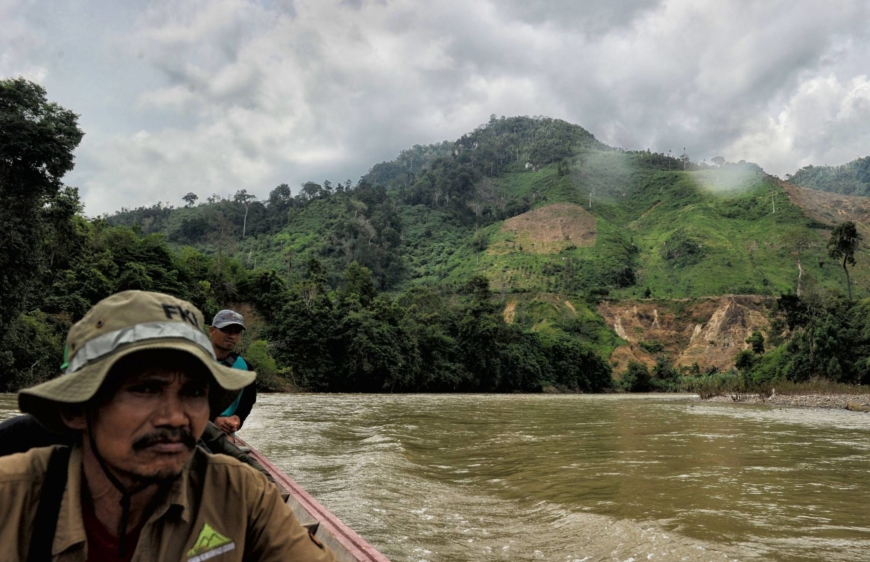[ad_1]
Indonesia is expanding programs to mitigate the impact from climate change following a recent spate of natural disasters that has added pressure to economic recovery.
A mangrove planting campaign to boost the ecosystem and landscape resilience will target areas of 600,000 hectares across the nation, a jump from 15,000 in 2020, Environment and Forestry Minister Siti Nurbaya, said in a speech Monday. A program to make villages environmentally friendly will be modified to increase involvement with local residents, she said.
“We need to adapt to a new normal global health landscape and a more extreme climate simultaneously,†Nurbaya said. This is why we have “high ambition to achieve a climate change agenda.â€
Natural disasters, including a deadly flood in Kalimantan, volcanic eruption in Java and earthquakes in Sulawesi, are dimming the prospects for a turnaround in Southeast Asia’s largest economy. Growth in the first quarter is also at risk amid further restrictions to curb COVID-19 infections that last year dragged the economy to its first recession in two decades.
A massive overhaul of regulations passed last year in favor of business investments drew protests from thousands of students, civil society groups and labor unions. The so-called Omnibus Law weakens the environment and removes legal protections for indigenous groups, raising concerns about potential land grabs, according to an Oct. 15 statement from Human Rights Watch.
The government is looking to see if deforestation, which led to other factors such as poor drainage and decreased land coverage, may have worsened the devastating impact from flooding in South Kalimantan, as claimed by activists.
Forest areas along the Barito River basin in South Kalimantan province shrank by 63% during the 1990-2019 period due to expansion of agricultural croplands, urbanization, and mining, according to a report released earlier this month by the environment ministry.
The flood in January inundated 70,000 homes, displaced 76,000 residents and killed at least 15 people. The main river that usually can take up about 238 million cubic meter of water was overwhelmed by 2.08 billion cubic meter of water flowing in during the high rain intensity, the ministry said.
“Even the best ecological infrastructure there can’t hold in water when extreme weather brings in 2 billion cubic meters of water,†Hanif Faisol Nurofiq, secretary for director general of forestry planning and environmental management, said in a briefing on Jan. 19.
Repeated hydro-meteorological disasters such as floods and landslides proved that the government isn’t doing enough, Indonesian environmental group Walhi said in a statement on Monday. “Any corrective actions the government said it is doing on climate, they are moving very slowly.â€
“This polemic about the flood is understandable because there is a desire to quickly find the cause and to immediately resolve it,†the ministry said. “Therefore, all aspects need to be systematically identified and an in-depth†study is needed.
The first quarter will be “very tough†as natural disasters typically occur at the start of the year, Finance Minister Sri Mulyani Indrawati said in an interview Saturday. “We want to have a better way to address the issue.â€
In a time of both misinformation and too much information, quality journalism is more crucial than ever.
By subscribing, you can help us get the story right.
[ad_2]
Source link






